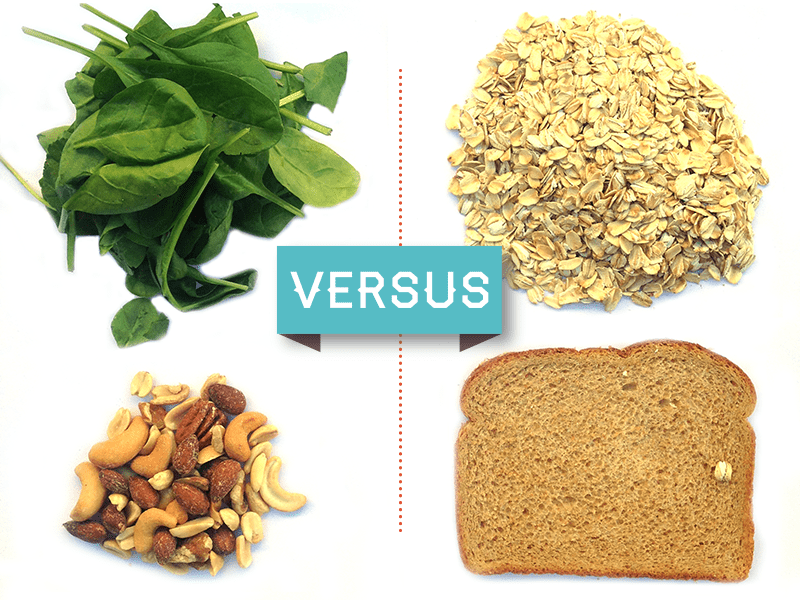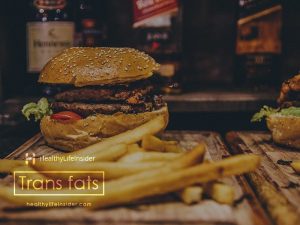There is an increasing trend towards low-carb diet plans, especially for weight-loss programs. Processed and sugary foods can be detrimental to not only your physique, but, more importantly, your overall health. However, with growing awareness, more people are turning towards a healthy diet and lifestyle. Weight loss is just one of the many benefits of low-carb diets.
Low-Carb Diet
The simplest way to explain a low-carb diet is that it limits carbohydrate intake and promotes foods that are rich in protein and fats. You restrict the intake of carbs commonly found in starchy vegetables, grains, fruit and processed foods. At the same time, the intake of protein and fat-rich food is promoted to make up for low-carb intake.
Weight-Loss Programs
The foremost benefit of a low-carb diet plan is weight loss, as it speeds up metabolism and burns fatty acids faster. Many people think that consuming fat will result in weight gain. However, fat is a necessary source of energy for the body. Our bodies prefer consuming carbs to generate energy and when you consume fats along with carbs, the body will process the carbohydrates first. This is why fat is stored in the body as secondary fuel.
When you consume excessive carbohydrates in the form of processed foods rich in cornstarch and sugar, the extra carbs are converted into fat. This fat is stored to be used later, resulting in weight gain around the stomach. A low-carb diet accelerates metabolism, thus allowing your body to process fats faster. This is why it is easier to lose weight with low-carb diets.
Why You Need to Follow a Low-Carb Diet?
● A low-carb diet helps restrict the amount of carbs you consume, which is important for losing weight effectively.
● A low-carb diet is a good transition towards healthier food choices.
Health Risks Behind Carbs
High carb intake can result in serious health conditions, such as type-2 diabetes which can be controlled by shifting to a low-carb diet. When you consume a large amount of simple and complex carbohydrates, the body releases insulin to convert carbs into glucose, which is absorbed in your blood. Too much intake of glucose results in type-2 diabetes, a serious, long-term health condition.
What to Eat in a Low-Carb Diet?
Generally, low-carb diets focus on natural food sources rich in protein and fat such as meat, fish, poultry, eggs and non-starchy vegetables. The amount of carbohydrates is limited to between 20 and 60 grams for an ideal weight-loss program.
Hidden Carbs
Following a low-carb diet means cutting out carbohydrate-heavy foods, but you could still be consuming carbs without knowing it. They are hiding in your drinks.
Ok, to be fair it’s not a secret; nutrition labels list calories. However, many people assume that drinks contribute less to your overall intake. For example, the Centers for Disease Control and Prevention (CDC) lists calories of many popular drinksthat might surprise you. They include:
• Lemonade: 168 calories per 12 ounces.
• Bottled sweet tea: 135 calories per 12 ounces
• Sports drinks: 99 calories per 12 ounces.
Even smoothies that seem innocuous and healthy could be filled with other ingredients. The CDC lists common calorie-filled sweeteners as: high-fructose corn syrup, fructose, fruit juice concentrates, corn syrup, sucrose and dextrose. An easy way to find the true total content of calories in your beverage is to ‘multiply the number of calories in one serving by the number of servings in the bottle (100 x 2.5)’.
Water, the Holy Grail
When it comes to the guessing game, you can’t lose with water. Water has zero calories and is good for overall health. It prevents dehydration, lubricates joints, rids your body of urine and bowel movement issues, and keeps your body temperature normal. The CDC estimates substituting soda for water can save nearly 240 calories daily.
So What Can I Eat?
Going on a diet plan can feel like a world of ‘No’ and leaves many people wondering what they can eat. The key is to replace bad eating habits with healthy choices. The CDC has several recommendations for what to eat more of and what to avoid. Remember, even when you are eating right, portion sizes matter.
The ‘Yes’ Grocery List
• Oatmeal.
• Whole grains.
• Dark green veggies.
• Orange veggies.
• Beans and peas.
• Lean protein (chicken/turkey baked).
• Fish (baked, broiled or stewed).
• Water, water, more water.











